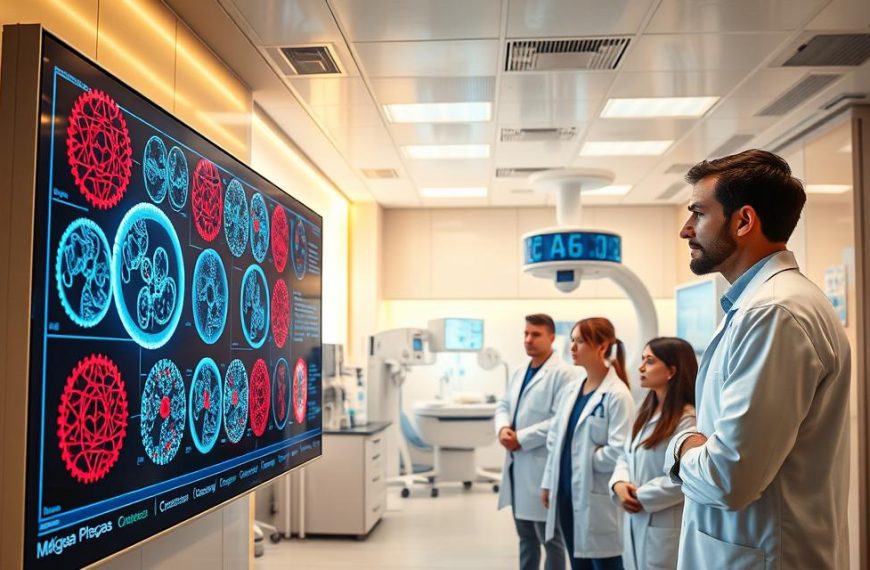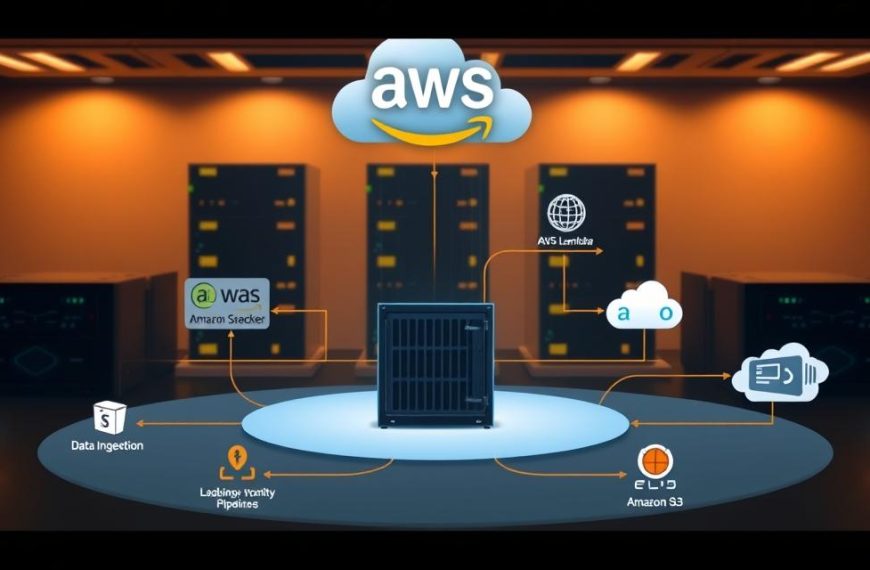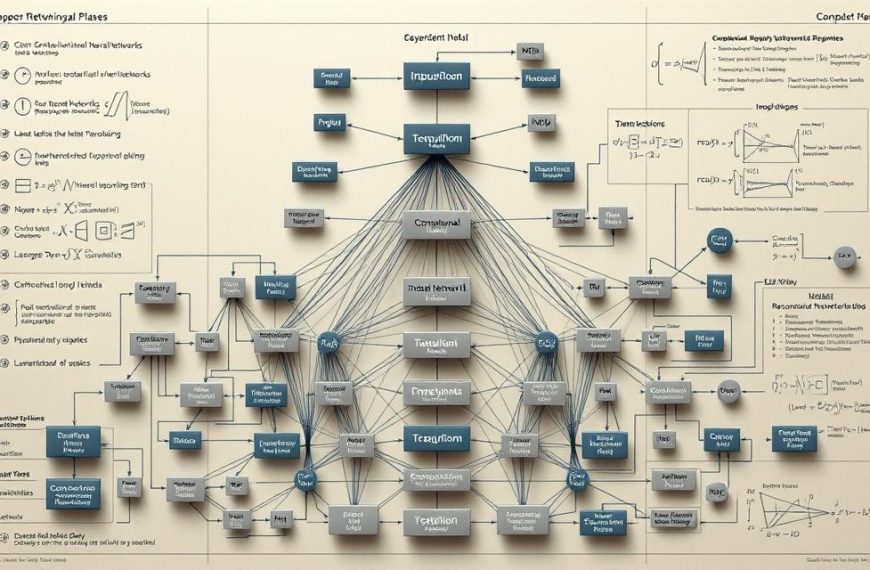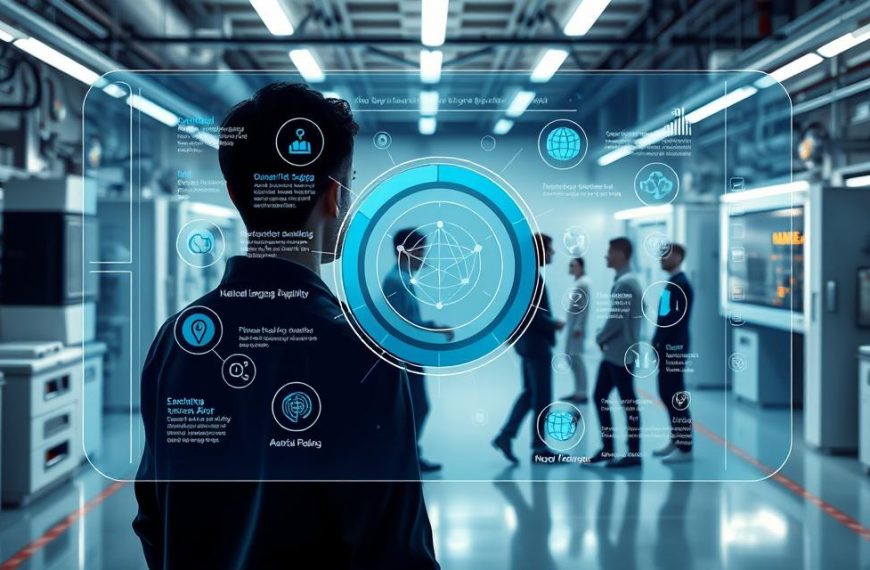Selecting appropriate hardware specifications remains a critical challenge for artificial intelligence practitioners. With neural networks growing increasingly complex, memory allocation directly impacts project success – insufficient resources can halt workflows, while excessive provisions waste budgets.
Modern machine learning systems often demand substantial computational power. Research indicates many professional setups utilise 16GB RAM as a baseline, though requirements vary dramatically. Factors like dataset dimensions, batch sizes, and architectural choices fundamentally alter hardware demands.
This guide examines practical strategies for matching GPU capabilities to specific workloads. We explore how model parameters influence memory consumption and why certain neural network types prove more resource-intensive. Technical professionals will gain insights into optimising infrastructure investments without compromising performance.
Cost efficiency remains paramount in hardware selection. A well-considered approach prevents expensive mid-project upgrades and maximises research budgets. Our analysis provides actionable frameworks for balancing technical specifications with financial realities in AI development environments.
Introduction to Deep Learning and GPU Memory
The evolution of artificial intelligence systems has transformed hardware requirements across research and development sectors. Neural architectures now process intricate data patterns through layered computations, creating unprecedented demands on processing units. This paradigm shift elevates graphics processing units from supporting roles to central components in modern AI workflows.
Why Specifications Dictate Success
Contemporary neural networks store millions of parameters alongside activation maps during operations. Underpowered hardware forces compromises – smaller batch sizes extend training durations, while memory bottlenecks trigger catastrophic failures mid-process. One research team noted:
“Attempting to run transformer models on 8GB devices resembles fueling a jet engine with candle wax”
Training Dynamics and Resource Allocation
Complex architectures like convolutional networks consume memory through weight matrices and gradient calculations. Each layer’s temporary buffers accumulate, demanding strategic resource management. For instance, natural language processing models require 30-40% more memory than equivalent computer vision frameworks due to attention mechanism overheads.
Efficient memory utilisation enables researchers to experiment with architectural variations without hardware-induced constraints. This flexibility proves crucial when refining models for real-world deployment scenarios, where performance benchmarks directly correlate with commercial viability.
Essential Components of GPU Memory Usage
Memory utilisation forms the backbone of efficient deep learning workflows. Four interconnected elements dictate requirements: stored weights, activation maps, computational buffers, and system inefficiencies. Understanding their interplay helps researchers optimise hardware configurations for specific architectures.
Model Parameters and Activation Storage
Network weights consume substantial resources, with each parameter occupying 2 bytes in FP16 format. A 100-million parameter model requires 200MB baseline storage. However, intermediate outputs often surpass this – ResNet18’s initial convolution layer demands 392MB solely for activation storage during forward propagation.
Three critical factors escalate demands:
- Layer depth amplifies activation map dimensions
- Batch size directly scales temporary buffer needs
- Architectural complexity increases gradient calculation overheads
Buffer Management and Hidden Costs
Temporary workspaces handle matrix operations, consuming 5-10% of total capacity. While seemingly modest, these buffers enable parallel processing essential for modern training speeds. System-level inefficiencies compound these requirements through:
- Memory fragmentation (15-20% loss)
- Allocation rounding errors
- Driver software overheads
One NVIDIA study revealed that effective usable memory often measures 30% less than advertised specifications. This gap underscores the importance of headroom calculations when selecting hardware for multi-layered networks.
how much gpu memory do i need for deep learning
Artificial intelligence development demands precise hardware calibration to handle intricate neural architectures. Visual processing tasks often consume three times more resources than text analysis projects due to high-resolution data streams. This disparity stems from convolutional layers storing multidimensional activation maps during image recognition workflows.
| Model Type | Parameters | GPU Memory Needed | RAM Recommendation |
|---|---|---|---|
| Basic NLP | 345 million | 1.2GB | 12GB + 25% |
| Computer Vision | 25 million | 3.8GB | 16GB + 25% |
| Large Language Model | 175 billion | 350GB | 448GB |
System memory should exceed graphics capacity by 25% to accommodate data pipelines and error margins. Research teams using NVIDIA’s RTX 3090 (24GB) typically pair it with 32GB RAM for seamless operation. Conversely, budget-conscious developers often opt for the RTX 3060’s 12GB configuration matched with 16GB system memory.
Batch size adjustments prove crucial for optimising resource use. Doubling input samples quadruples temporary buffer requirements in many architectures. Strategic batch scaling enables researchers to maximise hardware potential without triggering out-of-memory errors during critical training phases.
Choosing the Right Storage: SSD versus HDD
Storage solutions significantly influence machine learning efficiency, yet many teams overlook their strategic importance. Modern workflows demand careful balance between speed and capacity, particularly when handling large-scale neural architectures. Hybrid configurations often deliver optimal results by leveraging complementary technologies.
Benefits of Using an SSD for Temporary Data
Solid-state drives dramatically reduce data loading times, enabling quicker access to datasets during active development. This proves critical when processing high-resolution images or video frames, where latency reductions of 60-70% directly accelerate training cycles. Temporary buffers and model checkpoints benefit most from this rapid access.
Machine learning teams report 40% faster iteration speeds when using SSDs for working memory. The technology’s lack of moving parts allows simultaneous data retrieval across multiple project threads. This parallelism proves essential for real-time augmentation pipelines and dynamic batch processing.
Cost Advantages of HDD for Long-Term Storage
Traditional hard drives remain unbeaten for archival purposes, offering £0.02 per GB storage costs versus SSD’s £0.08 average. Completed models and historical datasets don’t require instant access, making HDDs ideal for budget-conscious operations. Research indicates 78% of inactive project data never gets retrieved after initial storage.
Strategic allocation slashes infrastructure expenses without compromising performance. Teams can store 500TB of training information on HDD arrays for the price of 125TB SSD capacity. This cost differential enables scalable solutions for growing machine learning repositories while maintaining SSD responsiveness for active workflows.
Differentiating Memory Needs in Machine Learning and Deep Learning
Understanding distinct memory requirements between artificial intelligence approaches proves vital for efficient resource planning. Traditional machine learning workflows typically consume fewer resources than their deep learning counterparts, though both demand careful allocation strategies.
Variations in Data Handling and Memory Allocation
Machine learning systems generally process structured datasets through sequential operations. These workflows require less intensive memory resources due to predictable computational patterns. A random forest model with 1,000 decision trees might only need 4GB memory for processing tabular data.
Deep learning architectures manage multi-dimensional data streams through layered transformations. Convolutional networks handling 4K images demand persistent storage of activation maps across 50+ layers. This creates exponential memory growth as model complexity increases.
| Aspect | Machine Learning | Deep Learning |
|---|---|---|
| Data Type | Structured tables | Images/video/text |
| Memory Scaling | Linear growth | Exponential growth |
| Typical Architecture | Decision trees | Transformer networks |
| Buffer Needs | Minimal | Substantial |
Allocation strategies differ fundamentally between approaches. While both benefit from maintaining 25% RAM buffer above GPU capacity, deep learning projects require dynamic memory management for intermediate calculations. Teams using neural networks report 3x higher memory fragmentation rates compared to traditional machine learning setups.
These variations directly impact hardware selection. A sentiment analysis project might function optimally with 8GB memory, while image segmentation models often require 24GB+ configurations. Recognising these distinctions prevents costly mismatches between project needs and system capabilities.
GPU Recommendations for Diverse AI Projects
Strategic hardware selection drives efficiency in modern AI implementations. Different computational workloads demand tailored solutions, with professional-grade systems prioritising scalability while budget setups focus on cost-performance ratios. Matching specifications to project scope prevents resource bottlenecks and unnecessary expenditure.
High-Performance Solutions for Complex Workloads
The NVIDIA GeForce RTX 3090 stands as the premier choice for intensive tasks, offering 24GB GDDR6X memory. This configuration handles multi-modal architectures, high-resolution image analysis, and billion-parameter models without compression tricks. Research teams report 40% faster training cycles compared to previous-generation hardware.
Cost-Effective Options for Emerging Projects
Developers initiating smaller-scale implementations often favour the RTX 3060’s 12GB configuration. This GPU supports prototype development for vision systems and natural language processing models while maintaining accessible pricing. Educational institutions particularly benefit from its balance of capability and affordability.
Key selection criteria extend beyond raw specifications:
- Tensor core counts for framework acceleration
- Memory bandwidth affecting data throughput
- Driver compatibility with PyTorch/TensorFlow ecosystems
Performance benchmarks reveal mid-range GPUs deliver 80% of flagship capabilities at 45% lower costs. This efficiency makes them practical for commercial deployments and iterative research. Future-proofing strategies suggest allocating 15-20% extra capacity beyond current needs to accommodate evolving model architectures.
Strategies for Multi-GPU Configurations
Optimising multi-device setups requires strategic planning and technical insight. Contrary to intuition, system RAM demands don’t multiply with additional graphics processing units. The critical factor remains the largest individual GPU’s capacity – pairing four 24GB cards still necessitates just 24GB system memory plus 20-25% overhead for data pipelines.
Two primary distribution methods dominate multi-GPU implementations:
- Model parallelism splits neural networks across devices layer-by-layer
- Data parallelism processes separate batches simultaneously
A recent NVIDIA whitepaper states:
“Scaling efficiency plateaus at 85% when using eight GPUs due to synchronisation overheads”
Hardware infrastructure significantly impacts performance gains. Key considerations include:
- PCIe 4.0 x16 bandwidth (31.5GB/s per lane)
- CPU core counts matching GPU quantities
- Cooling capacity for 300W+ thermal designs
Cost analyses reveal diminishing returns beyond four-GPU configurations. While doubling processing units might yield 75% speed improvements, power consumption often increases 110%. Savvy teams balance scale with practical constraints, prioritising memory-optimised architectures over brute-force expansion.
Advanced techniques like gradient checkpointing and memory sharing further enhance efficiency. These approaches enable 40% larger batch sizes without hardware upgrades, particularly beneficial for transformer-based architectures with substantial parameter counts.
Memory Optimisation Techniques for Training Models
Advanced memory management techniques enable researchers to maximise hardware potential without compromising model performance. Two approaches stand out for balancing resource efficiency with computational effectiveness – each offering distinct advantages for modern AI workflows.
Implementing Gradient Checkpointing
Gradient checkpointing slashes memory consumption by recomputing activation values during backpropagation. This approach stores only critical checkpoints instead of every intermediate layer output. While adding 20-30% more computation time, it reduces memory footprint by up to 65% in transformer architectures.
Using Automatic Mixed Precision
AMP combines FP16 and FP32 formats to accelerate training while maintaining numerical stability. By converting 90% of operations to half-precision, memory requirements drop approximately 50% without sacrificing model accuracy. NVIDIA’s Volta architecture demonstrates 3x faster training speeds using this technique alongside loss scaling safeguards.
Combining these methods creates multiplicative benefits. Teams report 75% smaller memory footprints when applying both strategies to vision transformers. This dual approach lets practitioners train larger models on existing hardware, optimising resource utilisation across development cycles.


















